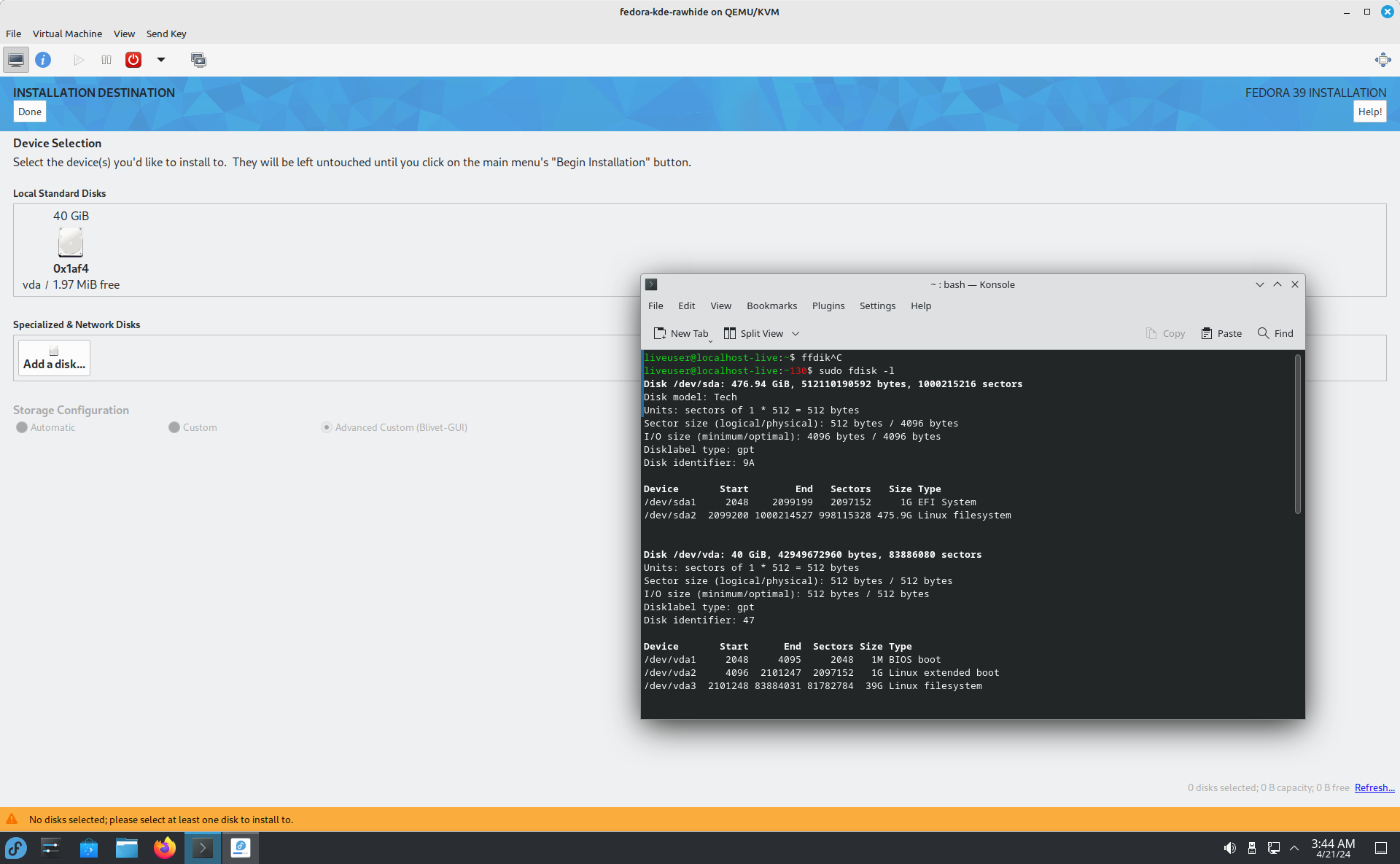

One way to do it is have a small Python (or any other scripting language really) script that performs text replacements in the Latex source file. This is much easier in Latex because it’s plain text. I don’t know of a solution that doesn’t involve writing your own code (apart from LO/Word serial letters).




This “new law” was passed more than a year ago… But, it’s still a step in the right direction.